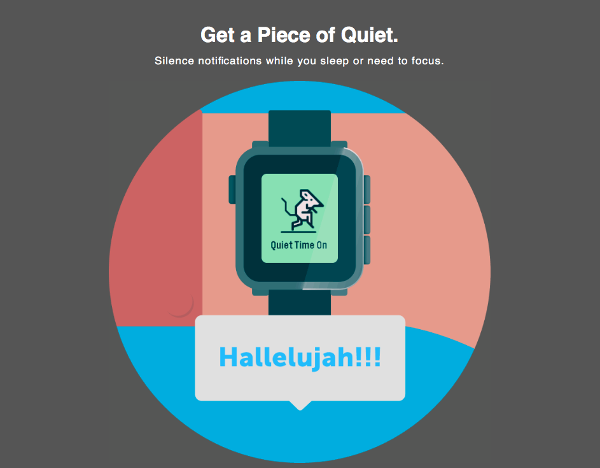Big Problems with the Pebble Time
28 Dec 2015It's been around a week since my Pebble Time arrived in the mail, so I figure it's time to write up some of my preliminary experience with the device. I wish I could say I was in love, I truly do: the watch's design is so nice, and programming for the Pebble has been a lot of fun. Unfortunately, my device is already broken, and I'm a sad customer. This was my only gift for the holidays this year, and it's already non-functional.
Inital Troubles:
Shortly after I received the Pebble Time, I noticed that something was not quite right with the device. Once my battery had dropped to a low enough level - surprising in itself, given that Pebble advertises a 7 day battery life - I plugged the watch in to charge. Oddly enough, the battery instantly jumped to 100%. I thought that this was a bit strange, but chocked it up to a minor glitch. I left the device to charge for several hours, and when I returned, the battery seemed full, so I put it back on my wrist. That night I went to the theater to see the new Star Wars film (in IMAX 3D, it was real pretty) and on the ride back home, my watch began to vibrate. First it told me that my battery had dropped to 20%, then within minutes it had dropped to 10%. By the time I got home shortly thereafter, the watch was out of battery (it wasn't completely dead, as the Pebble Time will actually still display the time for a while after the battery reaches 0%). This got me really worried: was my brand new device broken already? Would I need to send it in for a replacement?
Read more... The cute quiet time animation. Courtesy of
The cute quiet time animation. Courtesy of  My Pebble Time featuring a watchface of my own design.
My Pebble Time featuring a watchface of my own design.